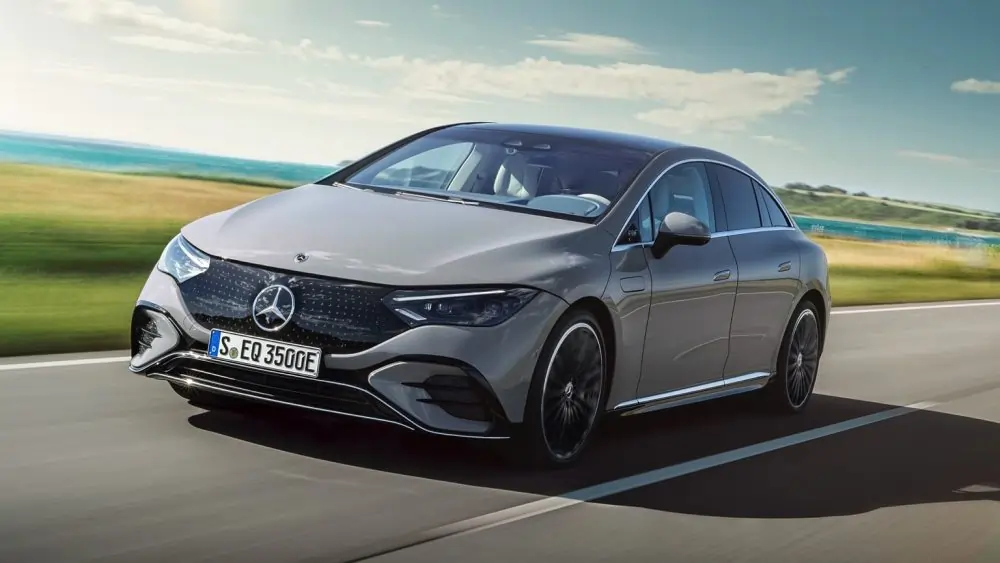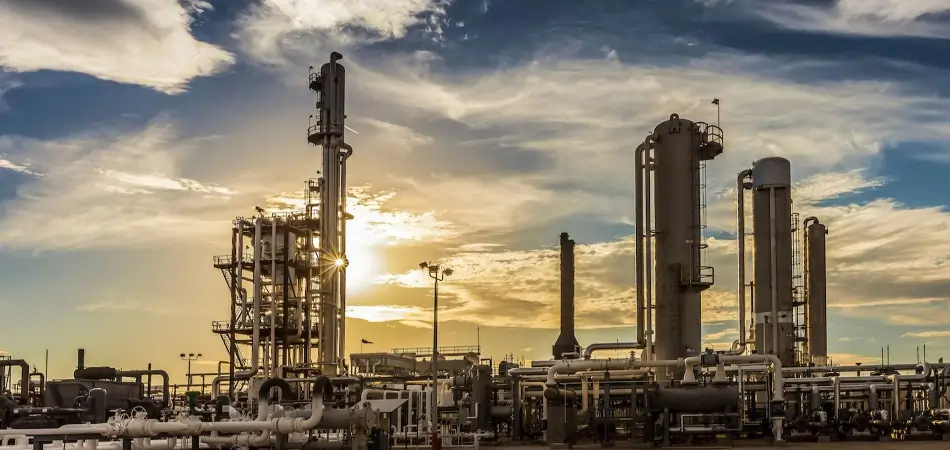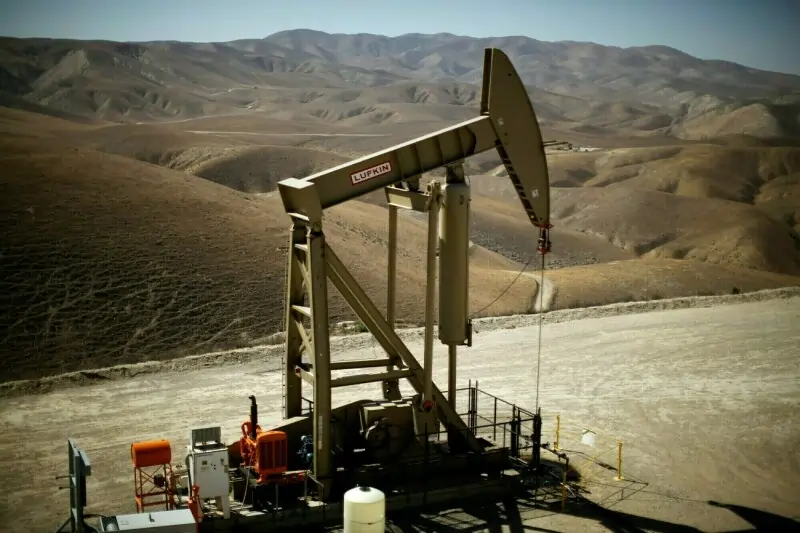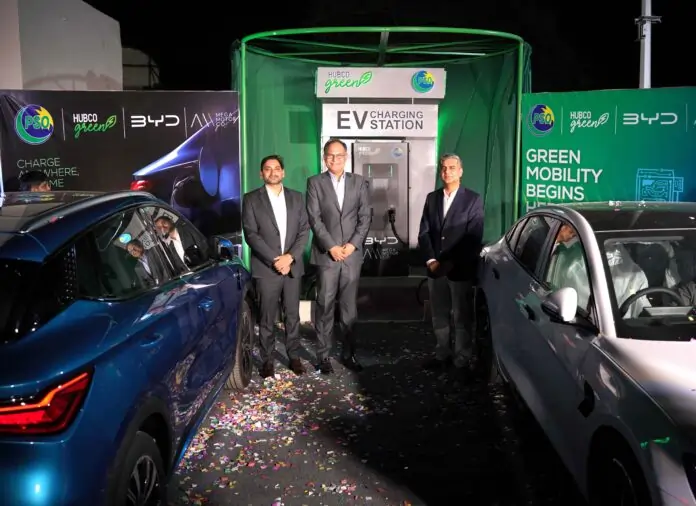Mercedes-Benz has revealed a new solar paint technology that could allow electric vehicles (EVs) to generate power directly from sunlight, potentially adding up to 20,000 kilometers of range annually under optimal conditions.
Integrated Photovoltaics in Vehicle Paint
At the core of this development is a 5-micron-thick solar coating that weighs just 50 grams per square meter. The paint integrates ultra-thin photovoltaic cells into vehicle body panels without altering the car’s appearance or aerodynamics.
A nanoparticle-based top layer allows 94% of sunlight to reach the embedded cells while maintaining support for customizable exterior colors.
Efficiency and Energy Output
The embedded solar cells operate at about 20% efficiency, comparable to traditional solar panels. With around 11 square meters of surface coverage, the solar paint can generate enough energy to support approximately 12,000 kilometers of driving per year in European conditions, and up to 20,000 kilometers in sunnier regions like California.
Electrical System Integration
Mercedes-Benz engineers have developed a micro-converter to elevate the solar panel’s low-voltage output to a level suitable for powering or charging the EV’s high-voltage systems. This conversion system remains active when the vehicle is parked, allowing continuous energy generation during idle periods.
The company also noted that, under some conditions, the solar system could produce surplus energy, which may be returned to home systems via vehicle-to-grid (V2G) functionality.
Sustainable Manufacturing and Materials
The solar paint avoids the use of rare earth elements and does not rely on silicon, making it more sustainable and cost-effective. The application process occurs at room temperature and requires no specialized ovens or high-energy equipment, further enhancing its environmental credentials.
Barriers to Mass Production
While the concept holds promise, scaling the technology introduces significant challenges. Car surfaces vary in curvature and material, requiring precise calibration to ensure uniform coating and power output. The system also needs to maintain performance despite exposure to weather, debris, and mechanical wear over time.
Mercedes-Benz plans to continue development and testing throughout 2025, with commercial availability tentatively projected for around 2040.
Implications for EV Infrastructure
If commercialized, solar paint could reduce reliance on public charging stations and expand the practical range of EVs through passive charging. Although it is unlikely to fully replace plug-in charging, experts suggest the innovation could improve EV adoption by lowering operating costs and reducing range anxiety in regions with high solar exposure.










